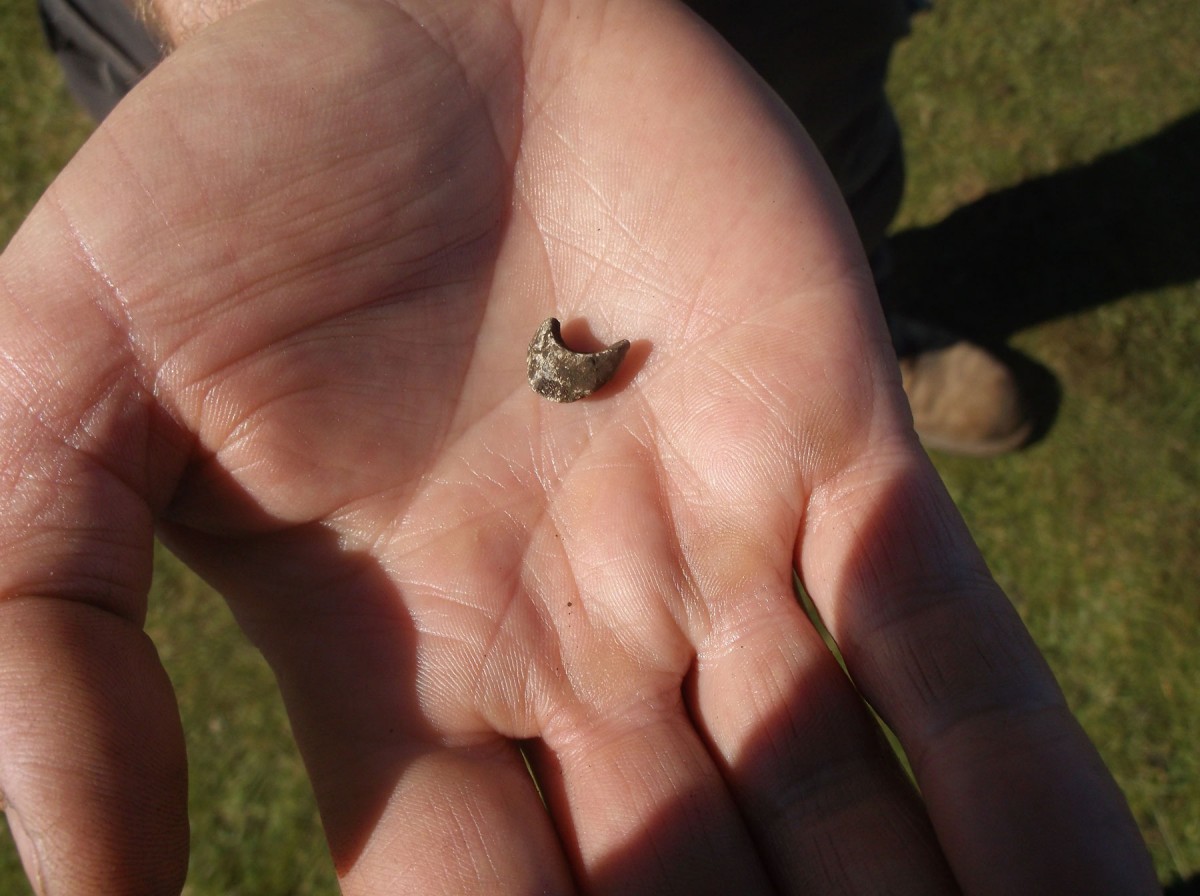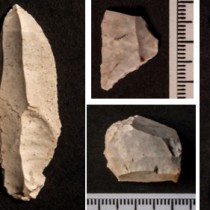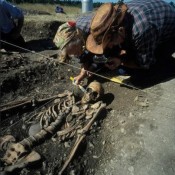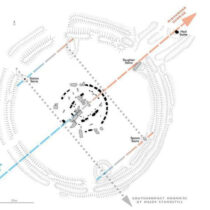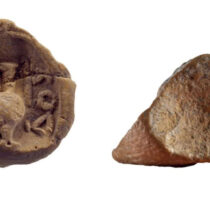An archaeological excavation in Staffin has yielded a fragment of worked bone, and several hundred flints, which could provide further clues about life in the area 8,000 years ago.
The discoveries were made during the dig in September as University of the Highlands and Islands archaeologists investigated a suspected Mesolithic building by Staffin Bay. While the structure is expected to be confirmed as post-medieval the discovery of other material, including the possible bead which was recovered from material below it, which could offer a fuller picture of the area’s hunter-gatherer period.
The worked bone is 12-mm long, burnt, and appears to have been deliberately shaped at one end and perhaps drilled at the other, although this could be a fracture break during burning. It could have been a toggle or bead, perhaps worn on an item of clothing or part of a necklace if the drilling is authentic, or part of a burnt bevel-ended tool. Further analysis is required by UHI.
Dan Lee, UHI lifelong learning and outreach archaeologist, said the site may have been one of several along Staffin Bay where hunter-gatherers congregated and worked stone, perhaps exploiting resources such as fish and mammals at the mouth of the Kilmartin River.
Mr Lee said further excavations, which could investigate if hearths or structural evidence survived, would help define this period of activity at the site. “Although the structure did not turn out to be prehistoric, it has protected significant evidence for Mesolithic activity below it,” said Mr Lee. “Hopefully we have enough material for radiocarbon dates and further excavation would be useful to better define the extent of the site. The UHI Archaeology Institute looks forward to working with Staffin Community Trust on future phases of the project”.
SCT director Dugald Ross, who had monitored the site for several years, said: “The excavation has given us the opportunity of adding to our knowledge of early habitation of Staffin and although the circular foundation now appears to be a later date than initially thought the lower levels have yielded material which is typical of the first groups of people to have arrived in Scotland after the last Ice Age.”
